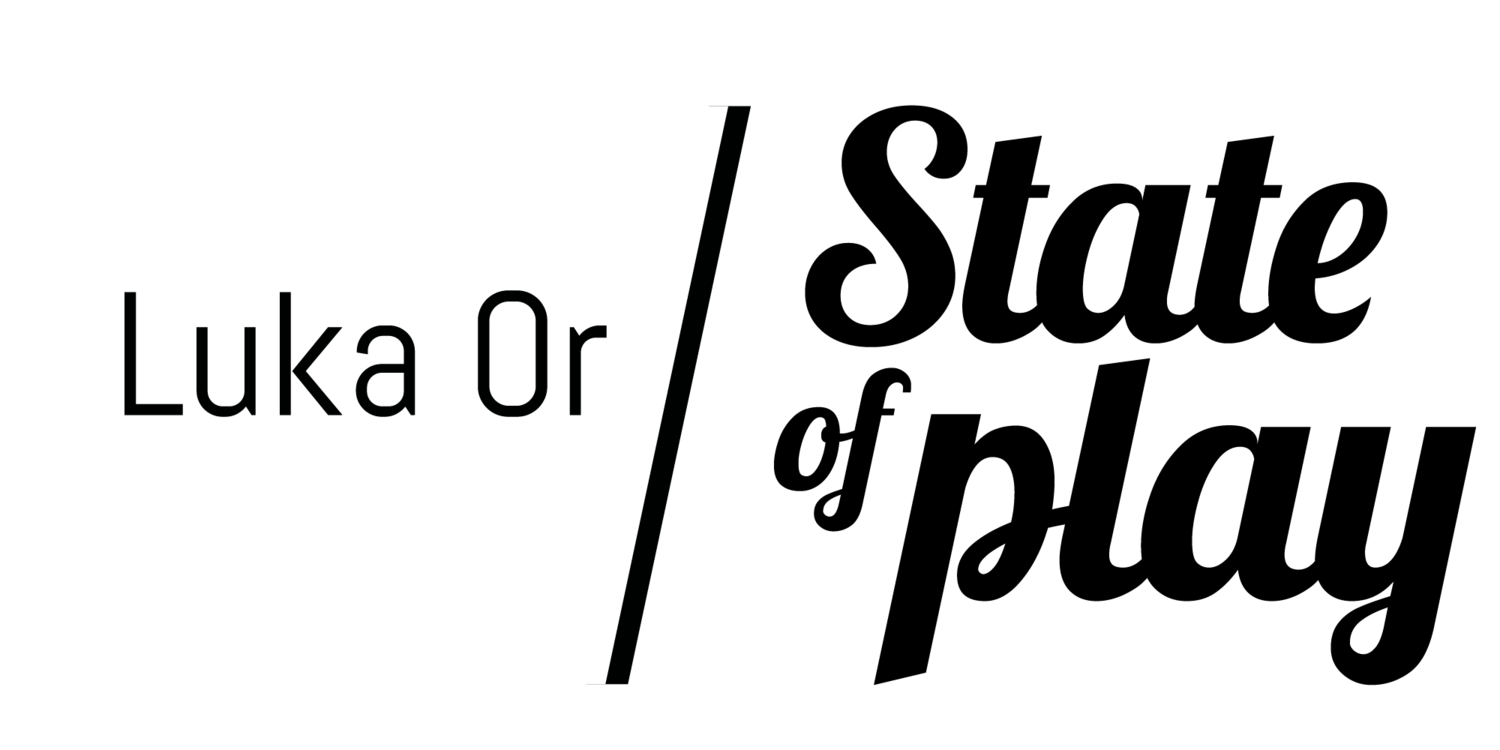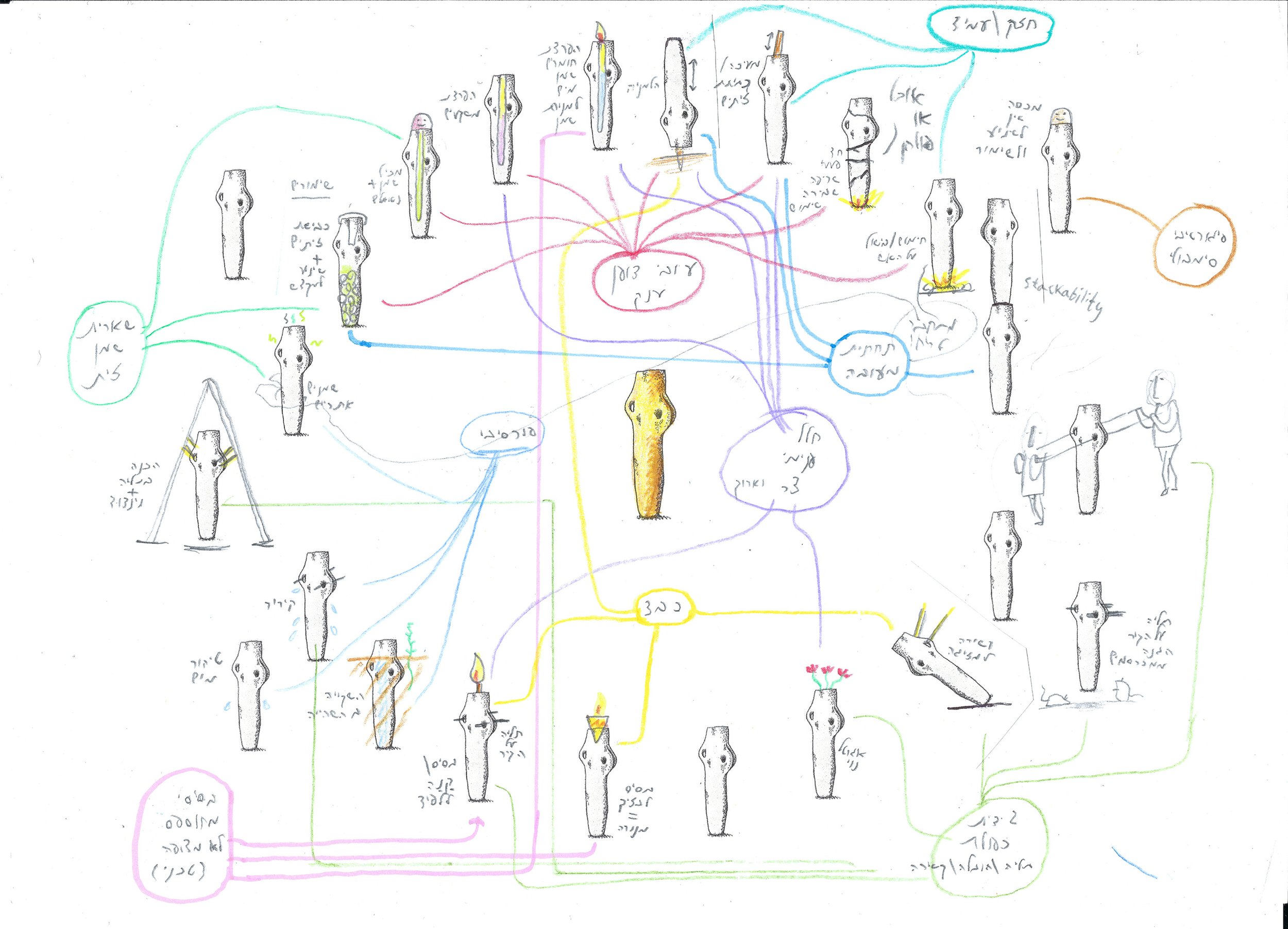Along with 10 other designers, we were each assigned a different mysterious archeological object, from the Israel museum's collection, who’s use or function are still mostly unclear to science.
My assigned object was the “torpedo jar” ,sometimes known as “Gilat jar”. These elongated, coarse jars were found, mostly broken, in a 6,000-year-old Chalcolithic temple at Gilat in the northwestern Negev, along with other breathtaking finds that were brought there from distant sites.
the coarse materiality of the torpedo,that stood out in comparison to many other fine objects in the site, - thick walls, and surprising weight – suggest to me that these were practical objects that could have been manufactured in different places and carried to the temple.
I started to see them as a tool. The question was - a tool for what?
By studying the characteristics of the objects and learning all i could about the people of the period to which they belong i came up with several optional “answers” and honed in on three:
- a mold for casting copper ingots
- a vessel for storing and transporting olive oil
- an anchor to secure tent walls
through reverse engineering the design process I was able to get new understanding and speculate on the true function of the Torpedo, and finally to find a way to present my thoughts as objects, alongside the original. These 3 options are not “solutions”, rather my way of communicating across thousands of years with the makers / designers of the Chalcolithic period and telling their story.
In this unique project, the process was as impotent as the final design. The morphological, material, structural, and symbolic functions of the vessel are the key to understanding its function. Were the double handles meant for carrying? For tying and pouring? For hanging in order to protect the vessel and/or its contents from rodents? Or were they symbolic – part of the figurative design of the vessel? What was the long, narrow inner cavity, around which the heavy body was built, meant to contain? Different combinations of features create the bank of functions.
I also had fun creating an animation to depict some of the many optional functions I found to the object.
This exhibition was curated (and created) by archaeologist and curator Nurit Goshen and designer Oded friedland.





